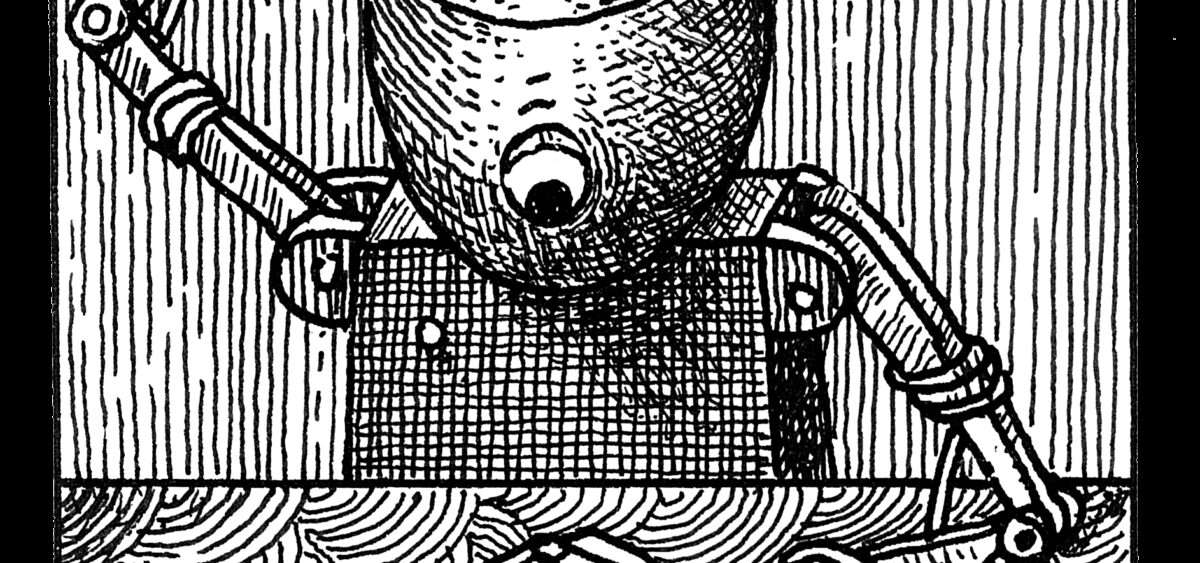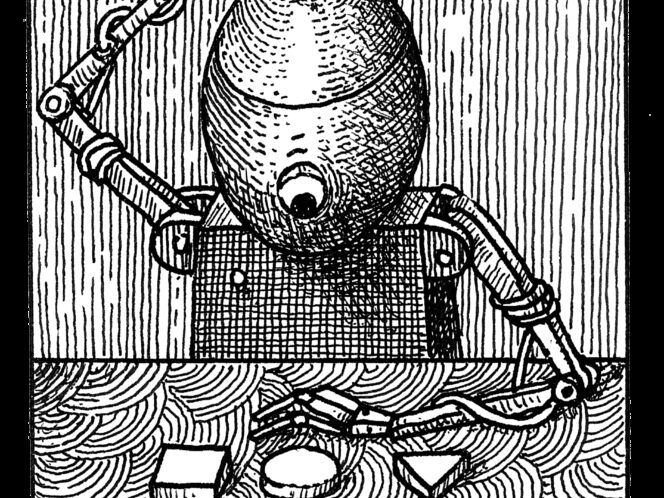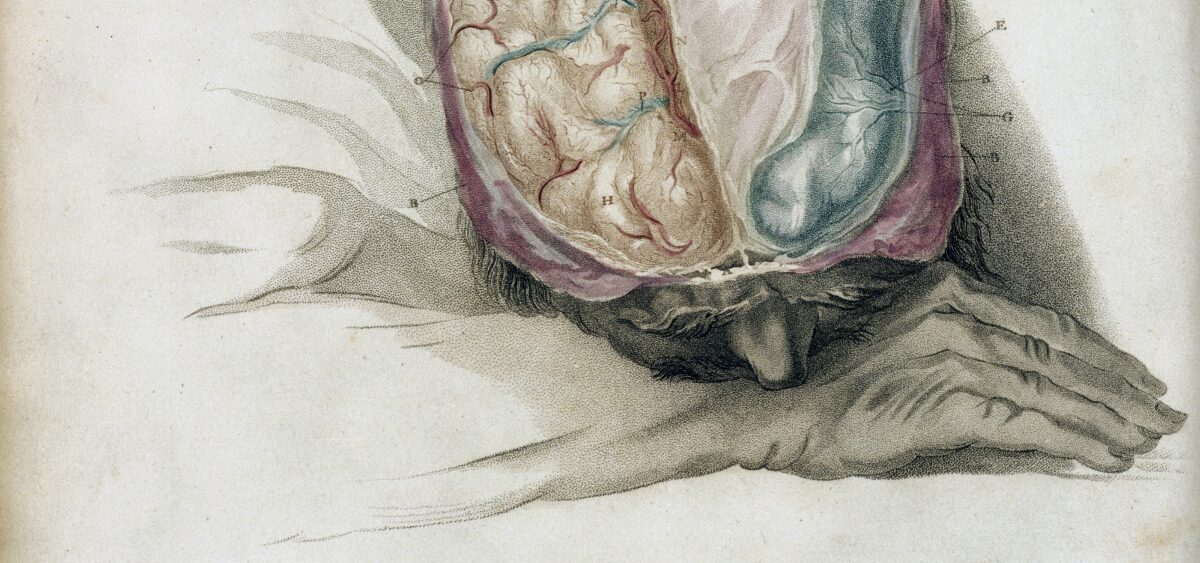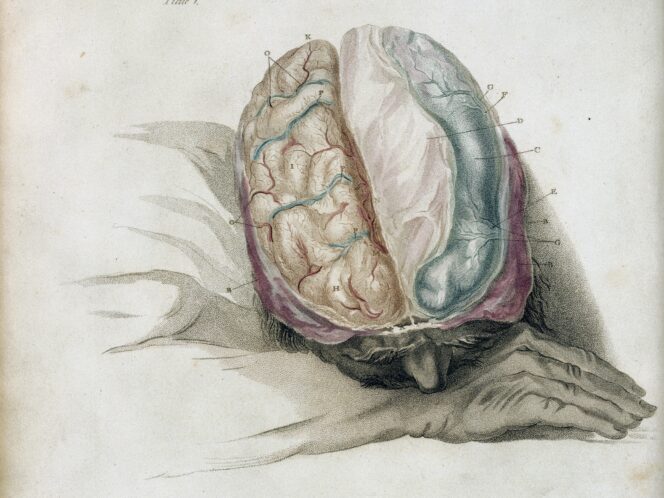
The washing machine rides the lift for nine seconds. It’s got to hurry, because the refrigerator and the oven are worried about it.
Three can ride at the same time, each on a different level. The warehouse workers call the lift the paternoster, because it cares for each appliance with equal tenderness. What’s more, it never gets tired, and runs all the time. The washing machines and refrigerators ride alone, not guarded by any person. They all have the same final destination: an automatic high-bay warehouse, the tallest in Europe. From the outside it’s unprepossessing. Just a grey cube – a real skyscraper among warehouses. 46.5 metres high. 17 storeys. 6000 square feet. Upward. It towers over the low, brick buildings of Wronki, where a home appliance factory is located. On the grey exterior panels, the name ‘Amica’ is lit up








